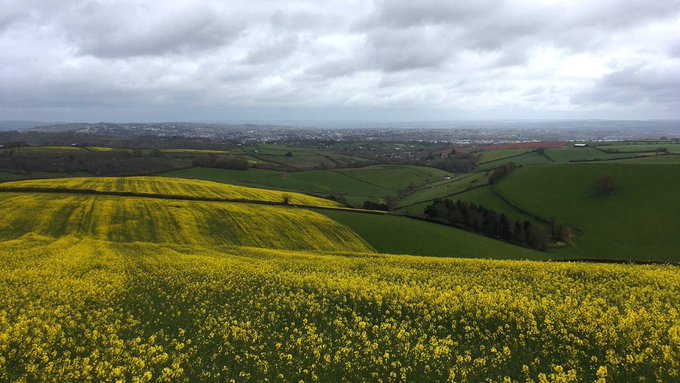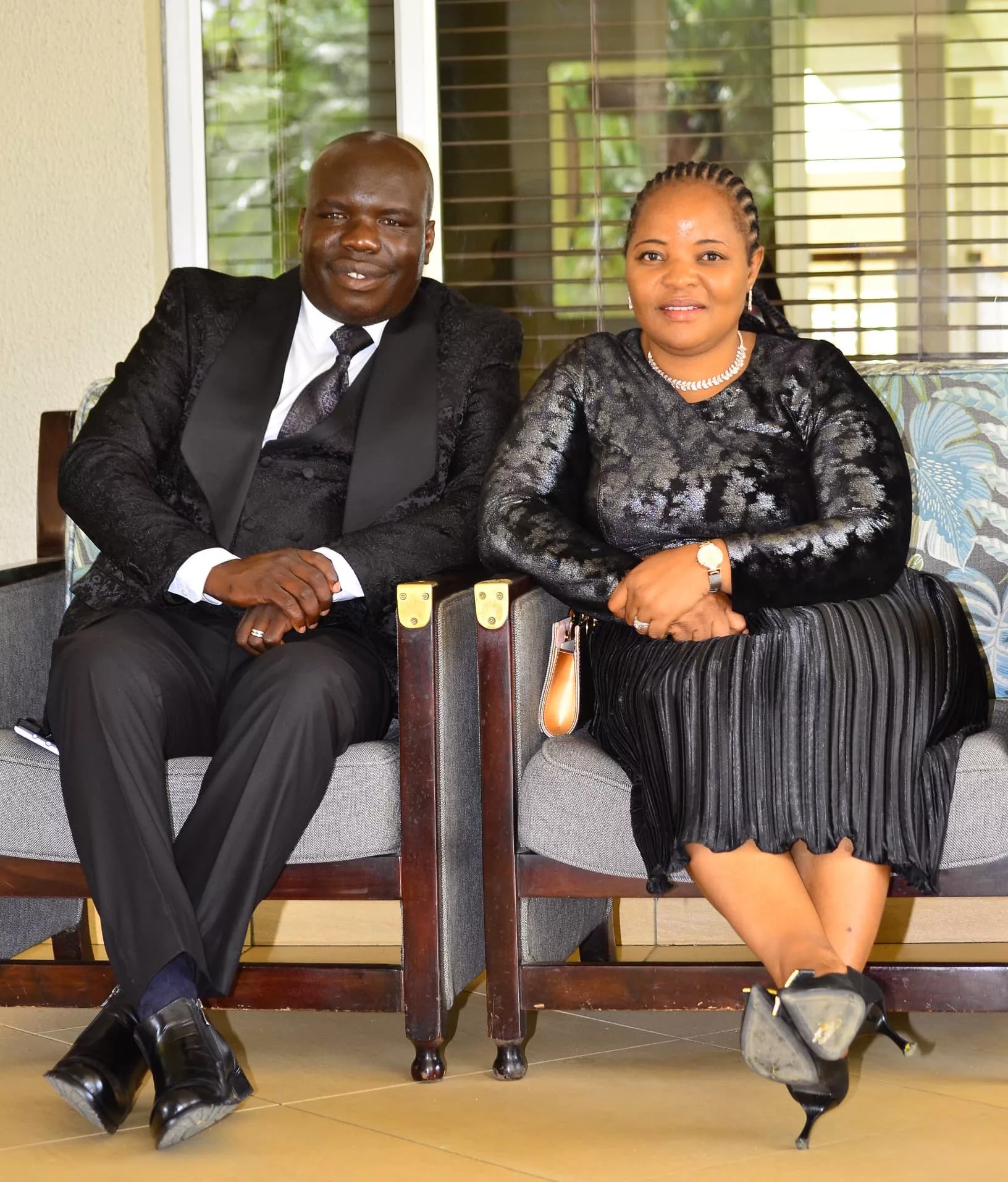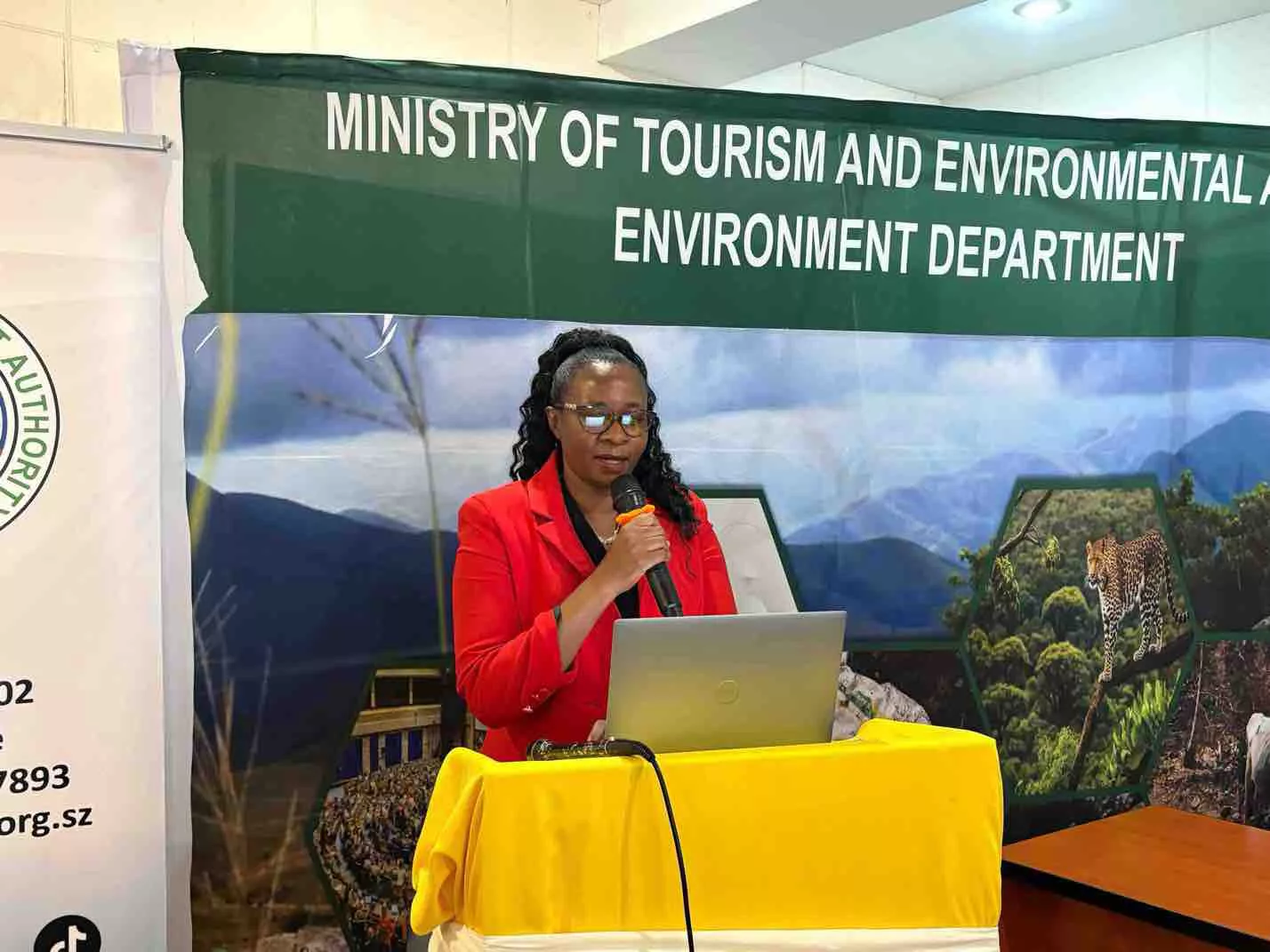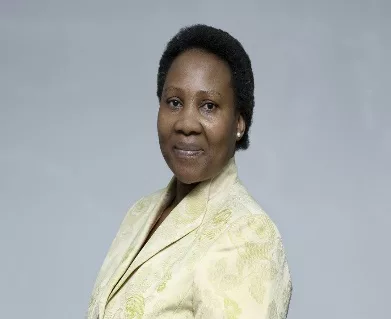|
Getting your Trinity Audio player ready...
|
Many female farmers here are champions of sustainable farming, but their global counterparts have long been feeding the world using these management practices.
“From my work as a writer, I’d argue that women farmers were already prioritizing sustainable agriculture practices long before this recent shift towards ‘regenerative agriculture,’” said Trina Moyles, author of Women Who Dig, a book that explores the stories of female farmers around the world.
“There were striking similarities between women farmers in the Global South (Latin America, Asia, and Africa) and on the Prairies, which surprised me. Women-led operations tend to be small-scale, biodiverse, mixed systems, often relying on natural, organic or regenerative methods.”
That’s partly because of a lack of access to capital to participate in ‘conventional agriculture’ — even here in Canada — but in many cases, it’s also intentional, said Moyles.
“It’s part of women’s approach to land management,” she said. “On these small-scale systems, women are prioritizing soil health, reforestation, and the protection of wetlands and riparian areas. Many are raising heritage breeds of livestock to preserve genetic diversity, raising breeds of chickens, cows, pigs, and sheep that are built for weathering Canada’s long winters.”
That approach is even more prevalent on small-scale subsistence farms in developing countries, where most farmers are women, she added.
“Through my research, I met women who were relying on Indigenous agriculture methods to manage land, soil, crops, and livestock.”
In northwestern Guatemala, for instance, Indigenous Maya-Mam women use the ‘milpa’ production system where Las Tres Hermanas (the three sisters) — corn, beans, and squash — are planted together to produce relatively large yields without fertilizer or pesticides. The beans fix nitrogen, corn provides stalks for the beans to climb, and squash keeps the soil covered and prevents erosion. In Cuba, women grow vegetables, herbs, and fruit to regenerate underutilized land in cities, while women in Uganda plant indigenous seeds in biodiverse cropping systems to manage the effects of pests and drought.
“Every woman I interviewed for my book expressed her concern for land and environment and the importance of stewarding healthy soil, water, and natural ecosystems,” said Moyles. “I think women recognize the relationships between healthy food, community, and land — you can’t really have one without the other.”
Beyond that, food produced by female farmers is often distributed locally rather than internationally.
“What they produce, even if on a small scale, tends to stay in local communities,” she said. “I think this is an important point in the argument that women are truly leading sustainable agriculture.”
But women worldwide — and particularly in the Global South — face significant challenges in accessing the capital, markets, and training needed to farm, she said.
Female farmers globally tend to earn less and face disproportionate rates of malnutrition and gender-based violence.
“There are many social, political, and economic barriers to sustainable farming for women around the world.”
But female farmers still have an important role to play in driving regenerative farming practices under the growing threat of climate change, said Moyles, who is also the communications co-ordinator for Rural Routes to Climate Solutions.
“It’s going to become increasingly difficult for large-scale farms practising annual production to survive the effects of a rapidly changing planet. The 2021 drought demonstrated this,” she said. “There’s a lot of evidence that smaller-scale, biodiverse, organic systems are more resilient in the face of extreme weather.
“If women are leading the movement of small-scale, biodiverse farming, who better to share knowledge and experiences?”
Source: Alberta Farm






